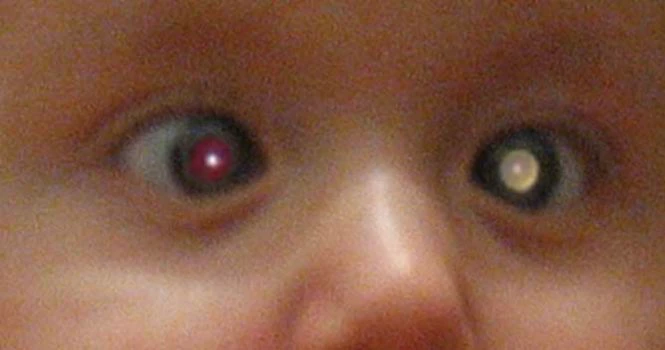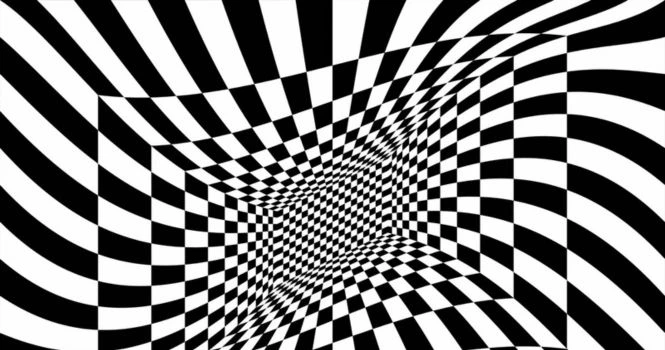What is Chemotherapy and what are the adverse effects of cancer chemotherapy?
Treating cancer with administration of drugs is called chemotherapy.
The most common side effect of cancer chemotherapy is nausea, which may or may not be accompanied by vomiting. Patients undergoing chemotherapy often report this as a primary concern.
Invariably all chemotherapeutic agents affect bone marrow function. This is called myelosuppression. The cellular component of blood are affected as they are produced in bone marrow in different patients undergoing chemotherapy.
Neutrophils are most susceptible
Platelets are less susceptible
Red blood cells are the least susceptible of them
Drugs which are highly emetogenic are;
1. Mechlorethamine
2. Nitrosoureas
3. Streptozocin
4. DTIC
5. Cisplatin
6. Actinomycin
Very well know adverse effect is alopecia. The drugs vary in their effect but those causing total alopecia even when given at therapeutic doses are
1. Anthracycline
2. Alkylating agents
3. Topoisomerase inhibitors
All agents have increased risk during pregnancy, and the risk is more so in the first trimester.
Azoospermia and the stopping of ovulation are seen with alkylating agents, a common group in drugs used in cancer treatment.













